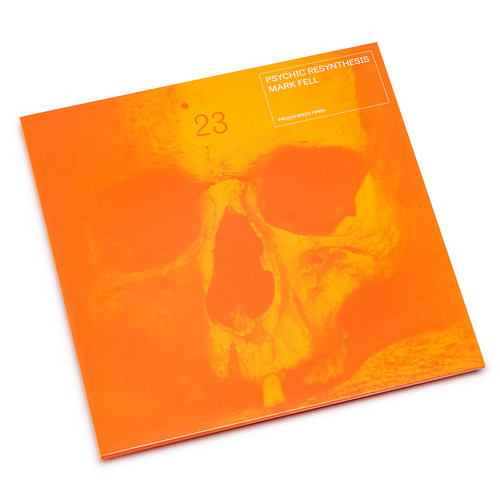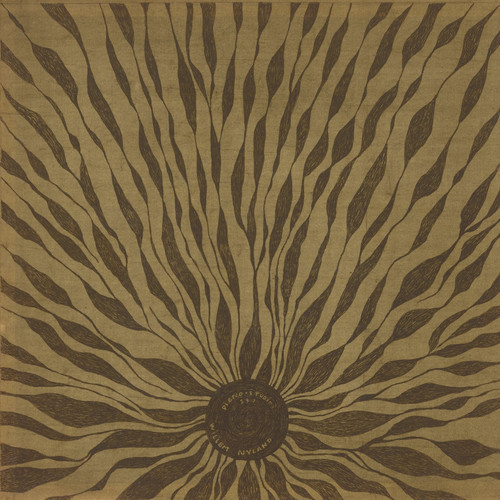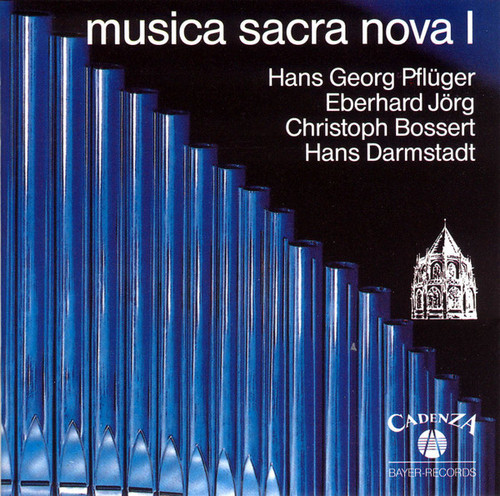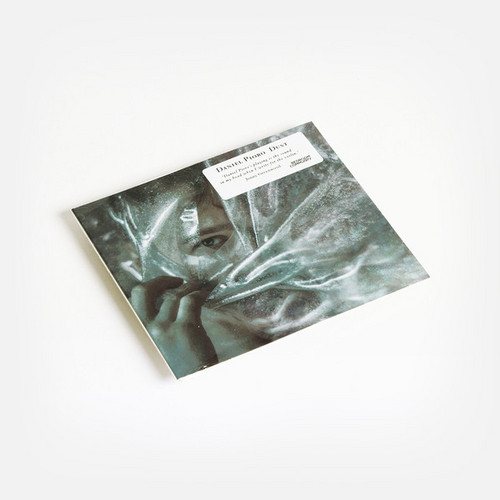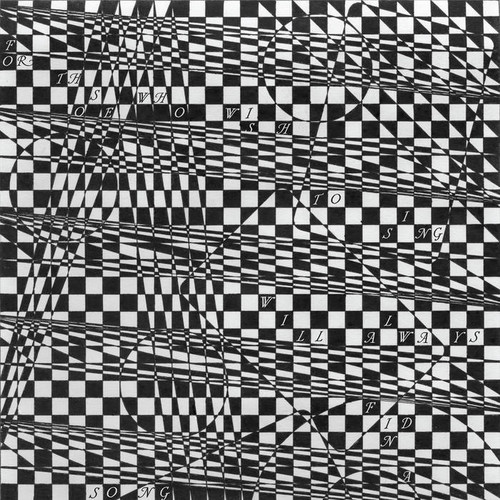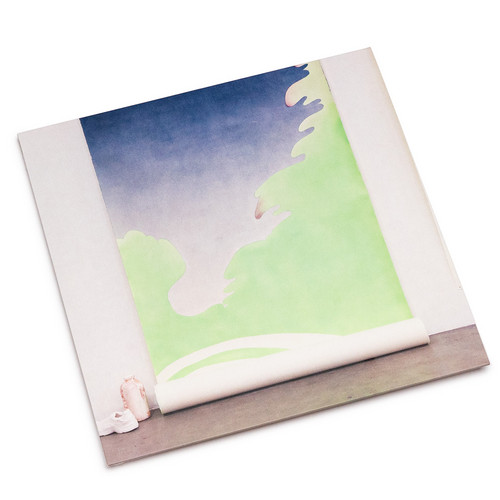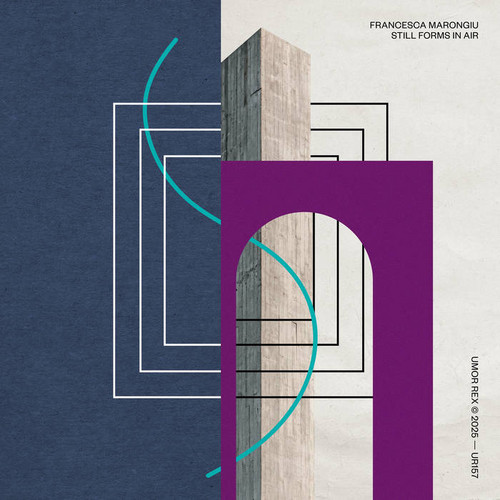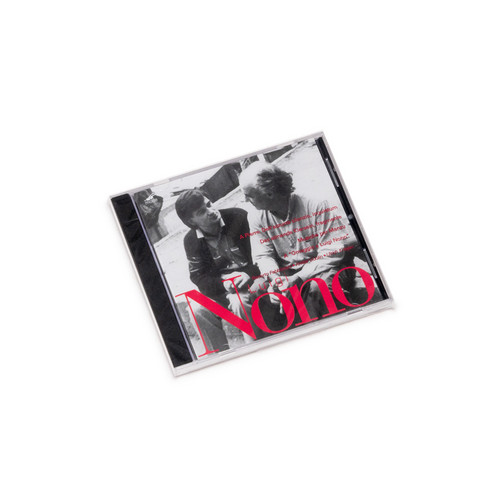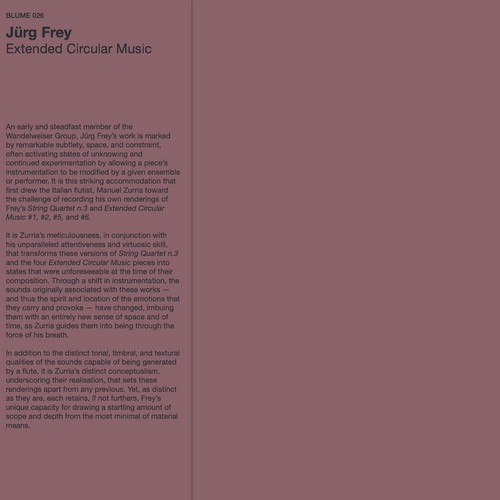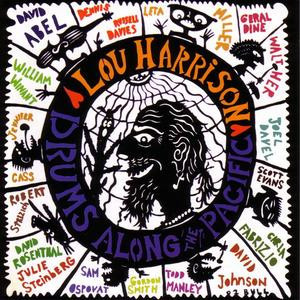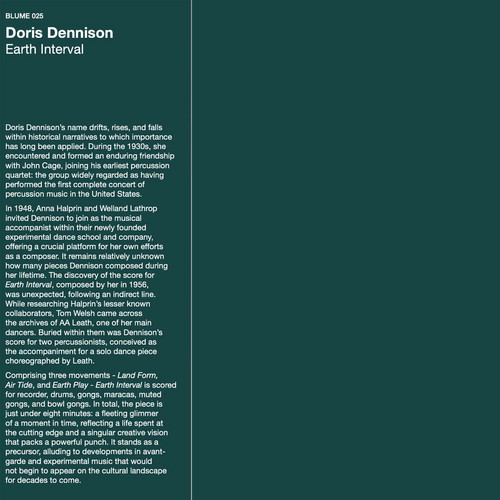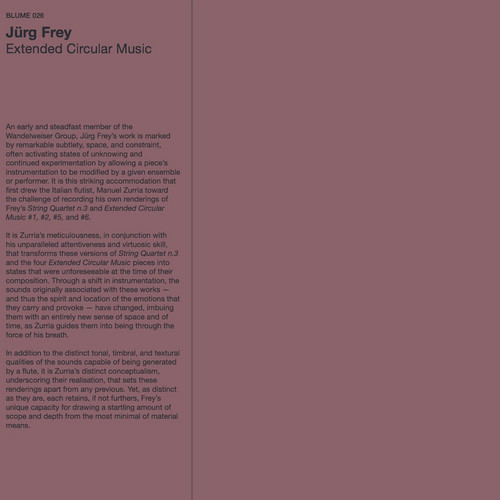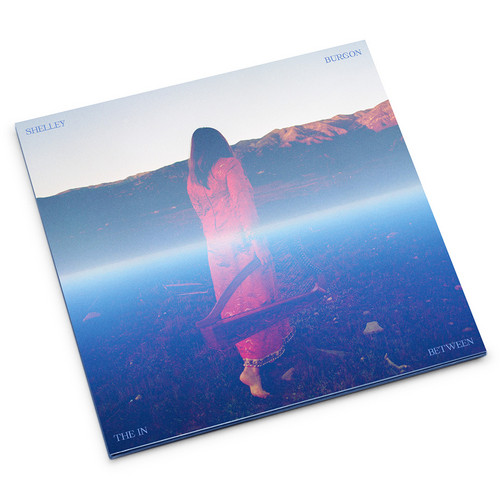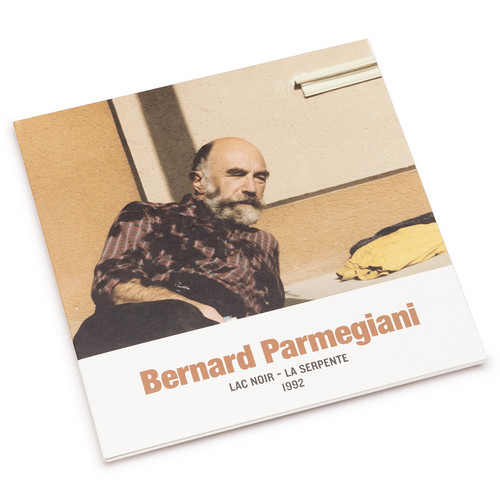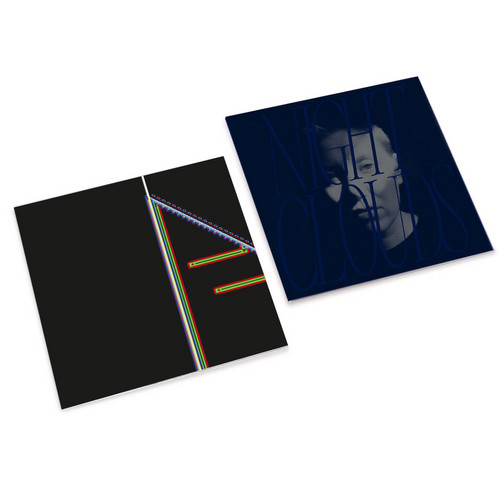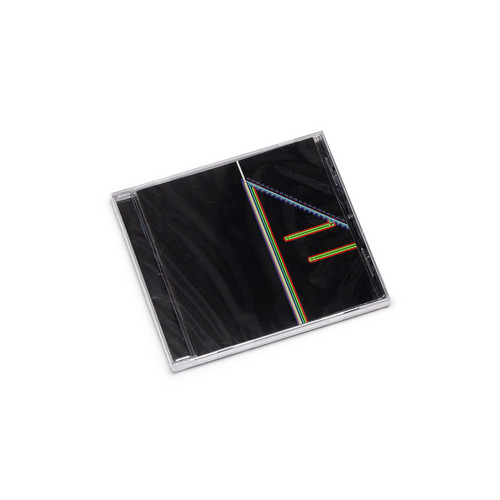Astralis / Choral Works
2012 release ** "Complex and expressive vocal writing, blending elements of traditional choral music with more modern, experimental techniques. Wolfgang Rihm has not usurped the immense reputation he enjoys in contemporary artistic life. The works of this worthy heir to the German musical tradition invariably oscillate between monumentality – immutable blocks of sound – and ethereal movement – instrumental or vocal lines opening towards the infinite. His choral music is characterised by a syncre…
Short Stories
2019 release ** "In most of Ana Sokolović’s work, an extra-musical element serves as a source of inspiration. This particular compositional process is intimately linked to the importance of “pluralities” for Sokolović; a diversity of approaches, putting different art forms in dialogue. Short Stories by Sokolović’s long-term collaborator, Quatuor Bozzini, enables us to listen to the encounter taking place between the composer’s artistic sensitivity and four of her sources of inspiration. In the r…
Psychic Resynthesis
Tip! Frozen Reeds is proud to present Mark Fell’s ‘Psychic Resynthesis’, an instrumental work performed by Explore Ensemble. This double LP, with included digital download, is the label’s 8th release, arriving 13 years after its foundation. Fell is a multidisciplinary artist, composer, and theorist based in Rotherham, UK. Renowned for his rigorous and conceptual approach to electronic music and sound art, his work explores the limits of structure, rhythm, and perception through a blend of compu…
Piano Studies 337
First-time reissue of Willem Nyland's rare private-press piano improvisations. The Dutch chemist-turned-Gurdjieff disciple recorded these spiritual teachings on specially tuned piano in 1960s upstate New York
On Tour
2011 release ** "Stemming from the homonymous biennial festival in the Czech Republic, Ostravská Banda – with its twenty musicians – thrives under the direction of Peter Kotik, a veteran of unconventional orchestration and artistic director of the S.E.M. Ensemble in New York City. Standing out among the large group is Joseph Kubera – a name already referenced in a contemporary context – a talented pianist with a resume rich with collaborations with masters such as Alvin Lucier, Robert Ashley, Mo…
Dust
2019 release ** "Dust is a collection of music for solo violin and electronics. Daniel describes the record as 'a full exploration of the sound world a violin allows. The electronics meld with, lift, surpass and dance around the organic rawness of the strings. The piece is all my years of not conceding or diluting myself to the needs of others, compressed into one long musical expression. It is hope and birth and death and melancholy'. Music by: Valgeir Sigurðsson, Edmund Finnis, Heinrich Ignaz …
For Those Who Wish to Sing Will Always Find a Song
One night, not too long ago at Union Pool in Williamsburg, Brooklyn, Ryan Sawyer introduced his piece, “For Those Who Wish to Sing, Will Always Find a Song.” He invited the audience to sing along at any point they felt moved to, “just abstract ‘oohs’ and ‘aahs,’ or ‘oms,’ or whatever.” The small stage was crowded with musicians – The Shaker Ensemble – which that night included Jessica Pavone on viola, Nate Wooley on trumpet, Laura Cocks on flute, Stuart Bogie on clarinet, cellist Lester St. Loui…
Touch This Fragrant Surface of Earth
Tip! Marja Ahti is a Swedish artist living in Turku, Finland. She works with found sounds, objects and electronics, creating auditory assemblages that reveal a profound sensitivity to sound’s tactile potential. This new record sees her palette expand to include more recognisable acoustic instrumentation, albeit working in collaboration with musicians who are already reconfiguring how those instruments can sound.
Touch This Fragrant Surface of Earth has its roots in a tape piece presented at Lamp…
Still Forms in Air
*100 copies limited edition* Still Forms in Air is the debut album by Italian composer Francesca Marongiu under her own name. It draws inspiration from mid-1980s Japanese ambient music — Hiroshi Yoshimura, Satoshi Ashikawa, Takashi Kokubo — and, more subtly, from Italian experimental echoes rooted in both personal and cultural memory.
The album unfolds like suspended time, like architecture that quietly bears witness to the shifts that have shaped our cities and the ways we live in them. These t…
Luigi Nono Volume 2: Works with Flute
Luigi Nono (1924 –1990) was a great innovator in the use of spatialization of sound and experimentation with performance space, non-linear time and the collapsing between sound and silence. Beginning in 1959, he distanced himself from serial orthodoxy and the Ferienkurse compositional scene. His new works reflected a concern in political and cultural events and introduced the use of tape and electroacoustic technology. His compositional process was increasingly involved with specific performers,…
Earth Interval + Extended Circular Music (2LP Bundle)
This bundle includes the latest Blume releases, two groundbreaking archival discoveries that illuminate the hidden connections between American experimental music's founding generation and contemporary European avant-garde. Doris Dennison's Earth Interval (1956) emerges from seven decades of obscurity - a pioneering percussion composition by John Cage's forgotten collaborator, brilliantly realized by Third Coast Percussion.
Swiss composer Jürg Frey's first LP presents his crystalline Wandelweise…
Drums Along The Pacific
2003 release ** "People uncertain about the appeal of an album of percussion music should know two things up front. First, the three longest pieces on Drums Along the Pacific feature a non-percussion solo instrument. Second, Lou Harrison's interest in percussion music was split equally between rhythm and melody. In percussion-only pieces like "Simfony #13" and "Song of Quetzalcóatl" -- both performed here by the William Winant Percussion Group -- he uses sets of instruments with different pitche…
Earth Interval
** 300 copies. Color Vinyl. 140gr Audiophile pressing. Including printed inner sleeve housing a Nagaoka anti-static record sleeve, plus an original insert that functions as Obi. Comes with exact replicas of the original postcard graphic scores. ** Since its founding back in 2014, Blume has carved a unique place in cultural landscape, issuing free-standing works, spanning the historical and contemporary, that represent singular gestures of creativity within the field of experimental sound. Joinin…
Extended Circular Music
** 200 copies. Color Vinyl. 140gr Audiophile pressing. Including printed inner sleeve housing a Nagaoka anti-static record sleeve, plus an original insert that functions as Obi. Comes with exact replicas of the original postcard graphic scores. ** Since its founding back in 2014, Blume has carved a unique place in cultural landscape, issuing free-standing works, spanning the historical and contemporary, that represent singular gestures of creativity within the field of experimental sound. Joinin…
The In Between
Deluxe 2 LP pressed to HQ-180 gram vinyl, cut at 45 RPM, housed in gatefold tip-on jacket with printed inner sleeves. The In Between is the debut solo album by harpist, composer, and sound artist Shelley Burgon. Burgon is one of the most accomplished and sought-after performers and collaborators in the world of avant-garde and new music. Her interpretations of works by composers such as Pauline Oliveros, John Cage, Morton Subotnick, and Cornelius Cardew, as well as her collaborations with artist…
Lac Noir - La Serpente 1992
Unreleased material composed by Bernard Parmegiani in 1992
Nightclouds + How Do I Know If My Cat Likes Me
From the always remarkable hands of Blank Forms come two new stunning LPs from the Stockholm based composer Ellen Arkbro: “Nightclouds”, comprising five minimalist improvisations for solo organ, and “How do I know if my cat likes me?”, made within a trio comprising Hanne Lippard and Hampus Lindwall, interweaving wry conceptualism and topical humor with poetics, voice, texture, and tone. Each absolutely brilliant and distinct, they stand as some of the most exciting works we've encountered from A…
Forests, Tales, Cities, Forests
Award-winning producer and composer Giorgi Koberidze offers up a head-spinning debut of Georgian modern classical music shot through with 360° electroacoustic textures.
How Do I Know If My Cat Likes Me
Inspired by minimalistic icon La Monte Young and guitarist Allan Holdsworth, Nightclouds is a powerful collection of jazz pieces for solo pipe organ. Over long improvisation and shorter compositions, Swedish composer and installation artist Ellen Arkbro employs her usually epic chord structures and adds in a more self-reflective tone than previously.


